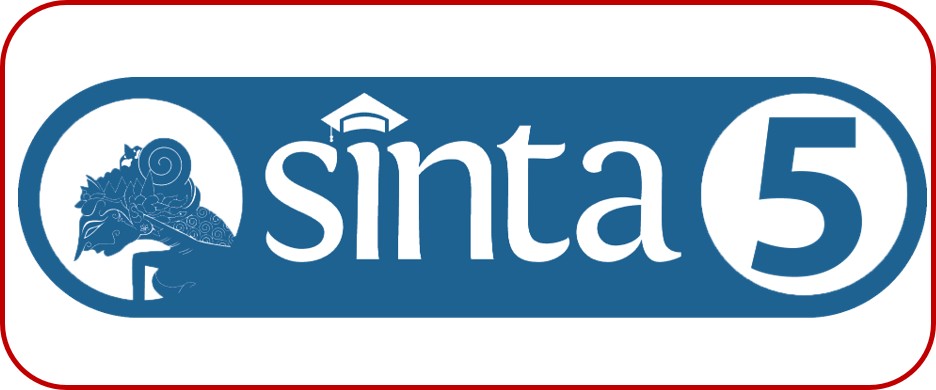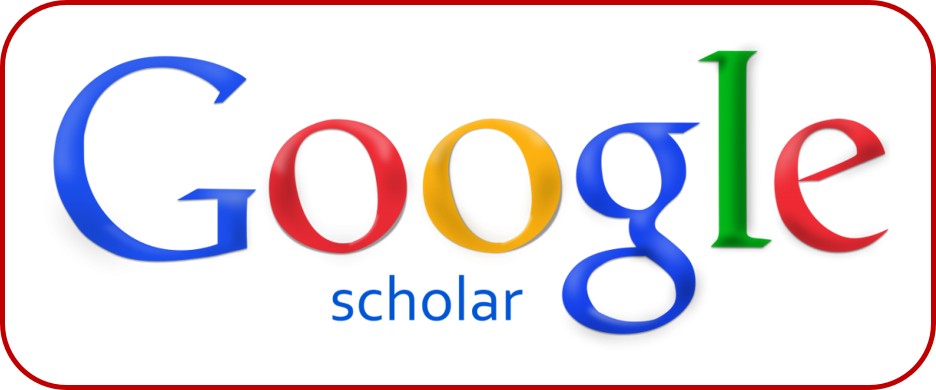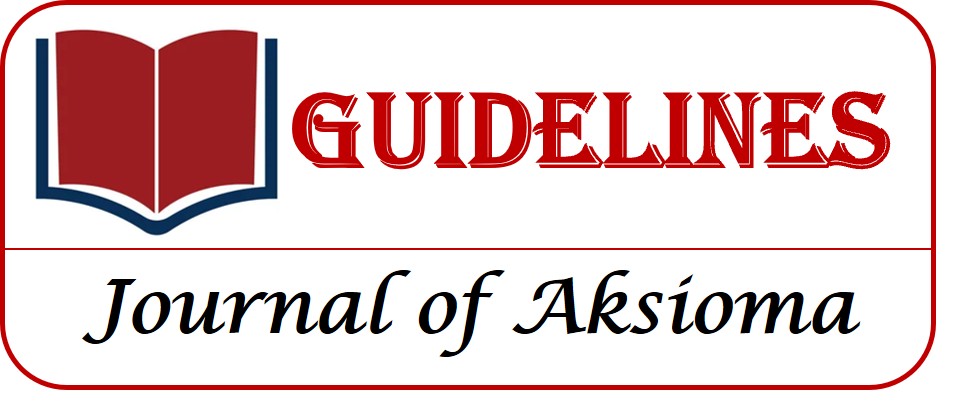DESKRIPSI KEMAMPUAN MENYELESAIKAN MASALAH SPASIAL SISWA SMP BERDASARKAN GAYA KOGNITIF IMPULSIF DAN REFLEKTIF
Description of Spatial Problem Solving Ability of Junior High School Students Based on Impulsive and Reflective Cognitive Styles
DOI:
https://doi.org/10.22487/aksioma.v12i2.4331Keywords:
Spatial ability, impulsive cognitive style, reflective cognitive styleAbstract
The purpose of this study was to describe the spatial abilities of junior high school students based on impulsive and reflective cognitive styles. This research is a type of descriptive qualitative research. The instruments used in this study are: MFFT (Matching Familiar Figures Test) test to determine students' cognitive styles. Furthermore, 1 impulsive cognitive style subject and 1 reflective cognitive style subject were found. Then both subjects were given spatial ability tests to determine students' spatial abilities after which interviews were conducted. Indicators of spatial ability, namely: (1) state the position of the elements of a spatial construct., (2) construct and present geometric models drawn on a flat plane in the context of space., (3) imagine the shape or position of a geometric object viewed from a certain point of view., (4) investigate the actual size of the visual stimulus of a geometric object. The results showed that students who were cognitively impulsive had low spatial abilities because they were only able to meet 1 indicator of spatial ability, namely constructing and presenting geometric models drawn on a flat plane in the context of space. While students who are cognitively reflective have high spatial abilities because they are able to meet all indicators of spatial ability.
Downloads
Published
How to Cite
Issue
Section
License
Copyright (c) 2023 Author

This work is licensed under a Creative Commons Attribution-ShareAlike 4.0 International License.














